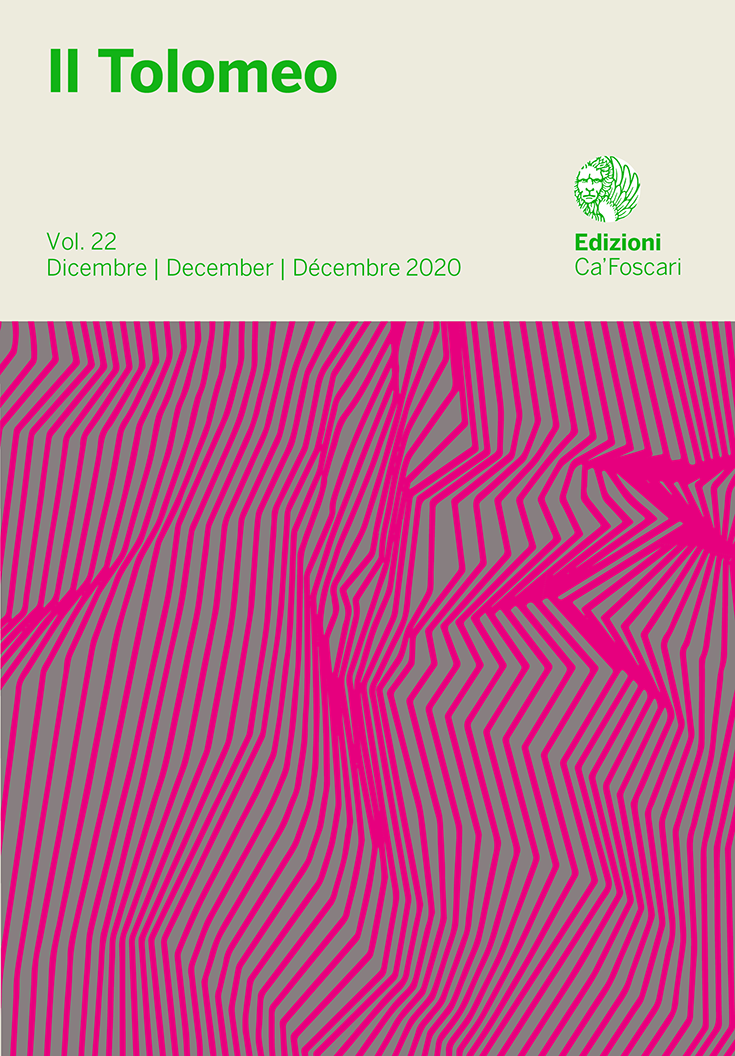
- search 354 views
- file_download 72 download
- keyboard_capslock metadata
-
mark_email_readIscriviti alla newsletter
Colonizzazione ambientale, defuturing capitalocenico e pratiche eco-artistiche decoloniali a sud
Il ‘caso Taranto’
abstract
The present essay aims at offering some interpretative keys for the ecological disaster of one of the most beautiful sites in the Mediterranean: Taranto. It does so through the ecocritical tools of postcolonial and decolonial thinking and the analysis of an intense iconography of eco-artistic urbanist engagements, which have dramatically exemplified what it has meant living in the midst of the largest of Europe’s steelworks. These engagements, having “one foot in literature and the other on land” (Glotfelty, Fromm 1996, XIX), attempt to decolonize the imaginary related to the deeply discordant relationship between the city of Taranto and ‘its’ steelworks, which is more than twice the size of the same city. We have chosen, after Jason Moore (2016), the adjective ‘capitalocenic’ rather than the more voguish ‘anthropocenic’, since the environmental changes are not the end result of an abstract human action, but rather of the tangible century-long rule of capital: the earthless (Vázquez 2017) mode of production of modernity that à la Descartes denies the earth into which it gets its claws and, as a consequence, it denies the deep knitting of “humanity-in-nature/nature-in-humanity” (Moore 2015).
Keywords: Coloniality • Capitolocene • South • Defuturing



